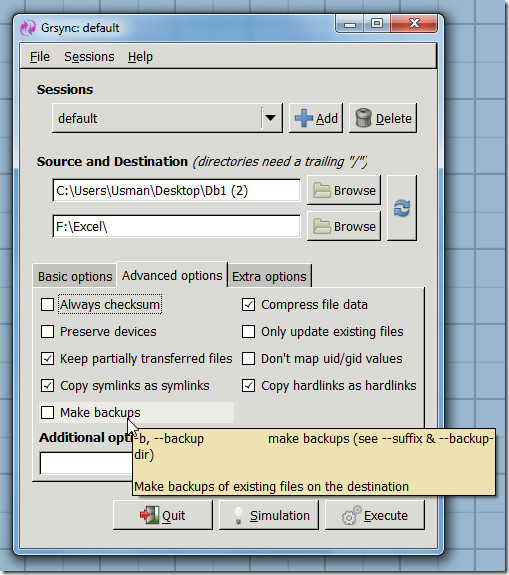

Some common options are used with the Rsync command.
#Grsync windows 10 install
On openSUSE - $ sudo zypper install rsync Step 3: Start to Use Rsync On Fedora/CentOS/RHEL and Rocky Linux/AlmaLinux - $ sudo dnf install rsync On Debian/Ubuntu & Mint - $ sudo apt-get install rsync You need to choose it based on your Linux distribution. Different distributions have the corresponding command. You can use the following command in your Linux distribution to install the Rsync package. You can refer to this post - Guide to Install Windows Subsystem for Linux (WSL) in Win 10 to get the detailed steps of installing WSL. This is a relatively simple way to use Rsync in Windows 10, and it is also applicable to other Linux utilities. It is used as a Windows utility that enables you to run Linux distributions in command line mode. Therefore, it is more recommended to install Windows Subsystem for Linux (WSL) on your computer. One is Linux and Windows dual boot, which allows you to choose which system to start at boot, but it may be troublesome, especially when you don't try to use Linux often. There are many ways to run Linux commands in Windows 10. Step 1: Install Windows Subsystem for Linux (WSL)
#Grsync windows 10 how to
This part is about how to use Rsync for Windows.

It can efficiently copy files to or synchronize files from remote systems.Using the Rsync command, you can synchronize files and directories across directories, disks, or networked computers.Īlso see: How to Install Linux (Ubuntu) on Windows 10 It is a Linux/Unix-based utility for local and remote data backup and synchronization. Besides, there is a piece of Rsync alternative software – Minitool software for you. Here, you can know what it is and how to use it on Windows 10. Rsync is one of the most commonly used backup/synchronization software for Linux users.


 0 kommentar(er)
0 kommentar(er)
